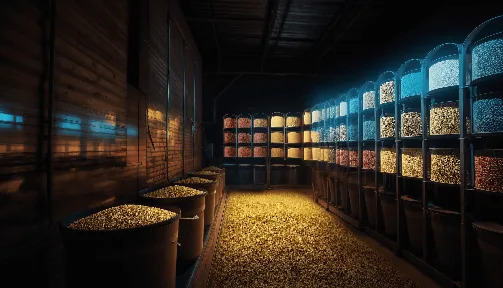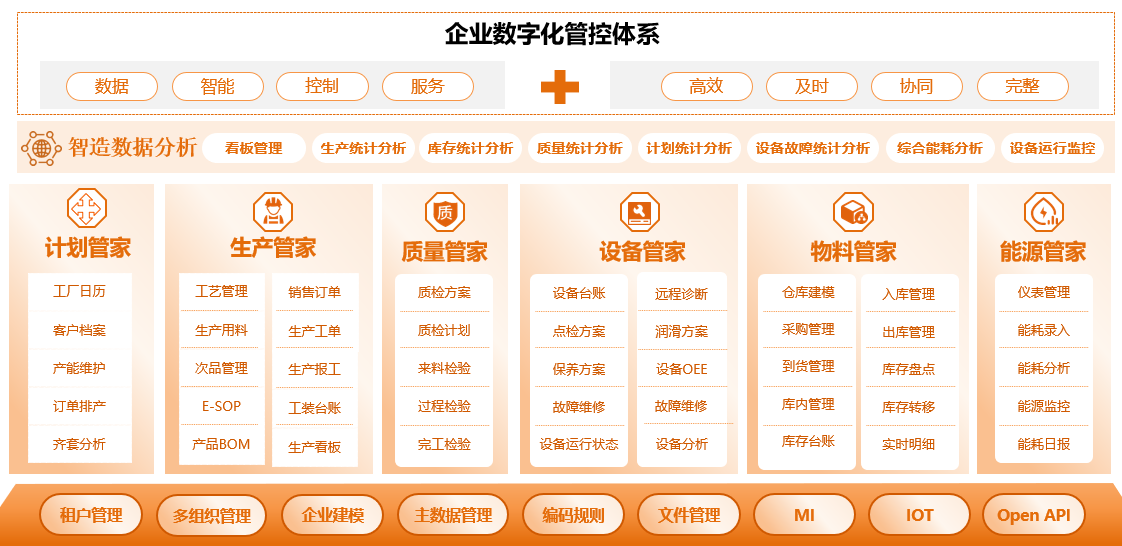-
1. High demand stability: As a necessity for daily life, consumer demand has low elasticity, the market size is large and relatively stable, and it has strong resistance to economic cycles.
-
2. Raw material orientation and seasonality: Highly dependent on agricultural and sideline products as raw materials. Fluctuations in their prices, qualities, and supply patterns throughout the seasons directly affect production costs and stability.
-
3. Safety and hygiene are the lifelines: The industry is subject to extremely strict legal regulations. Quality safety and hygiene standards are the absolute bottom line for the survival and development of enterprises.
-
4. Brand and channels are of vital importance: The market competition is intense, and consumers have a high level of brand loyalty. A strong brand presence and extensive, efficient distribution channels are the core competitiveness.
-
5. Rapid product iteration and active innovation: To meet the demands of consumption upgrading and diversification, the product life cycle has shortened, and the research and development of new products, as well as innovations in taste and packaging, remain highly active.
-
6. Significant scale effect: Large enterprises reduce costs through large-scale production, gain a dominant position in the market, and the industry concentration gradually increases.
Food processing industry

Industry characteristics
Digital transformation goals
Solution
With the "Small, Fast, Lightweight and Precise" management series, we provide small and medium-sized manufacturing enterprises with lightweight, simple, efficient and precisely adapted production operation management solutions.

Typical case




































































